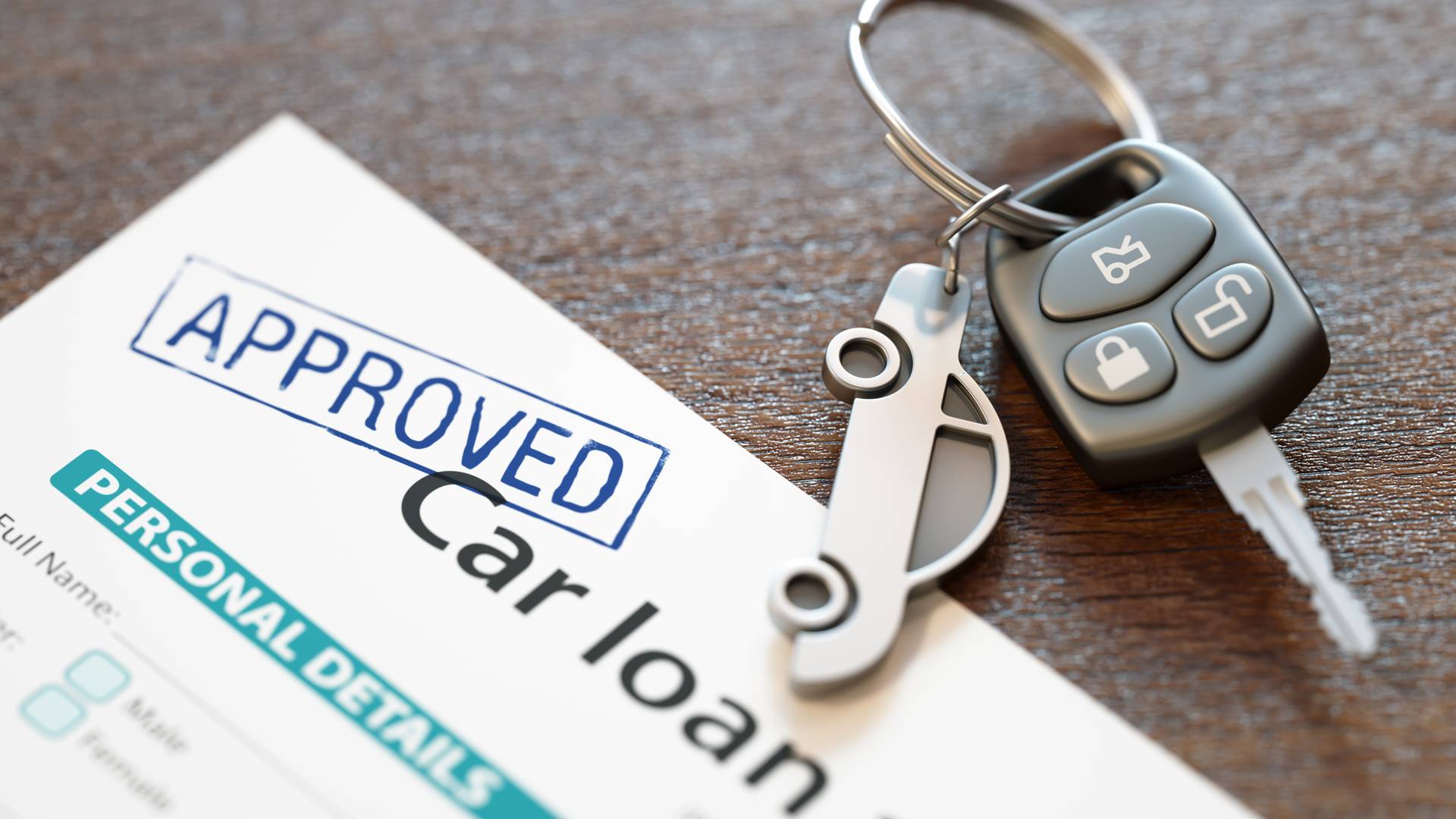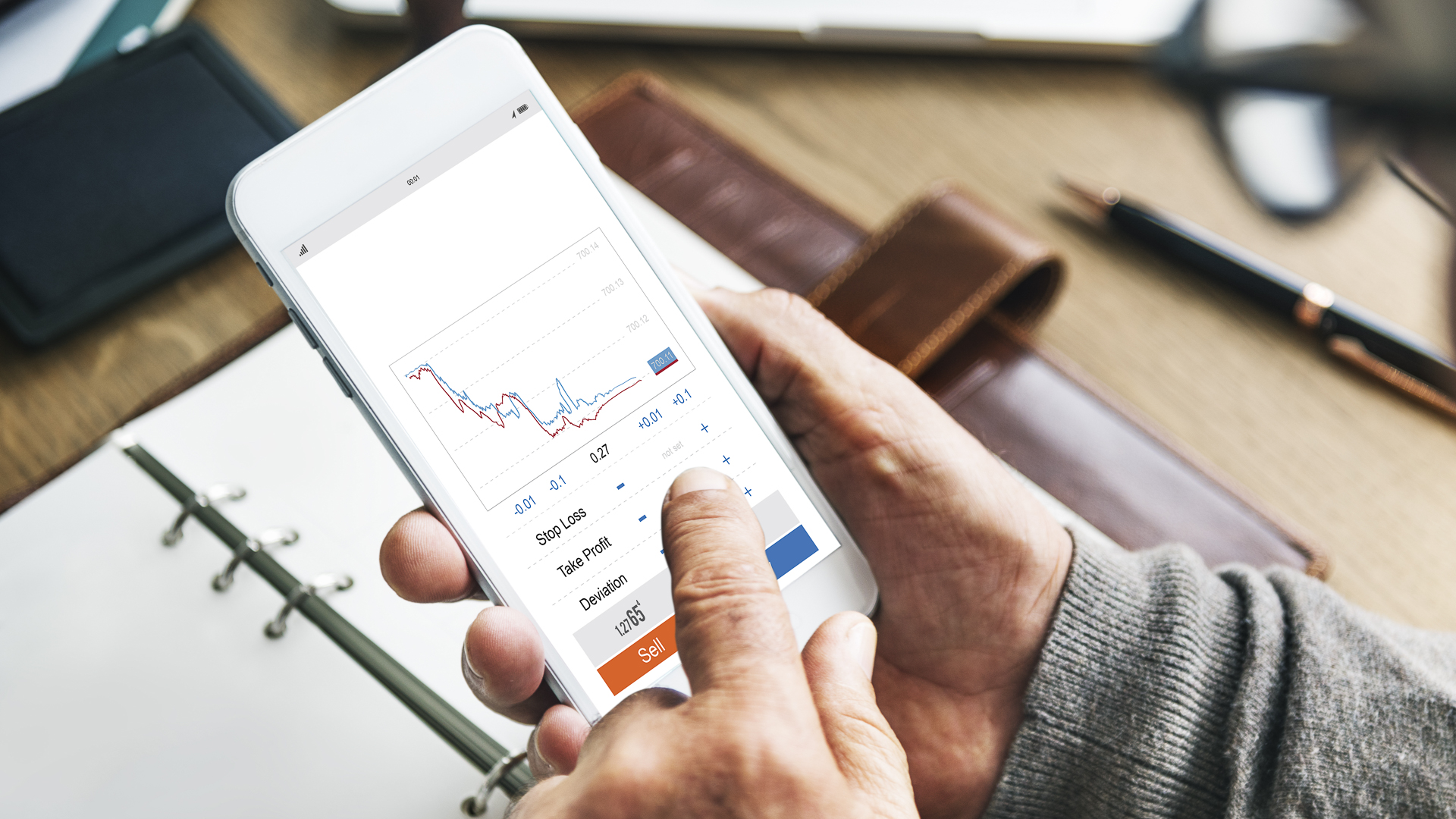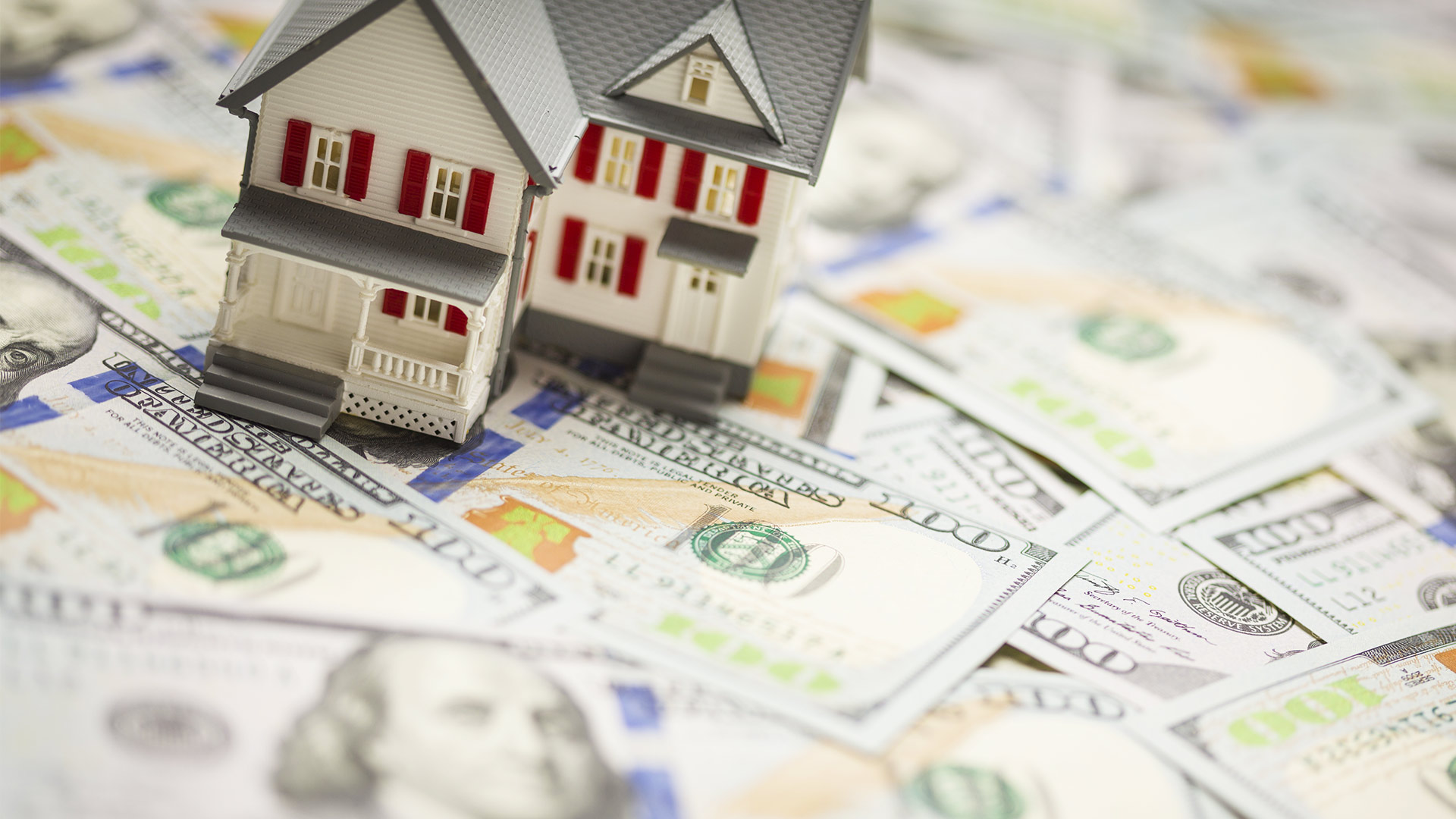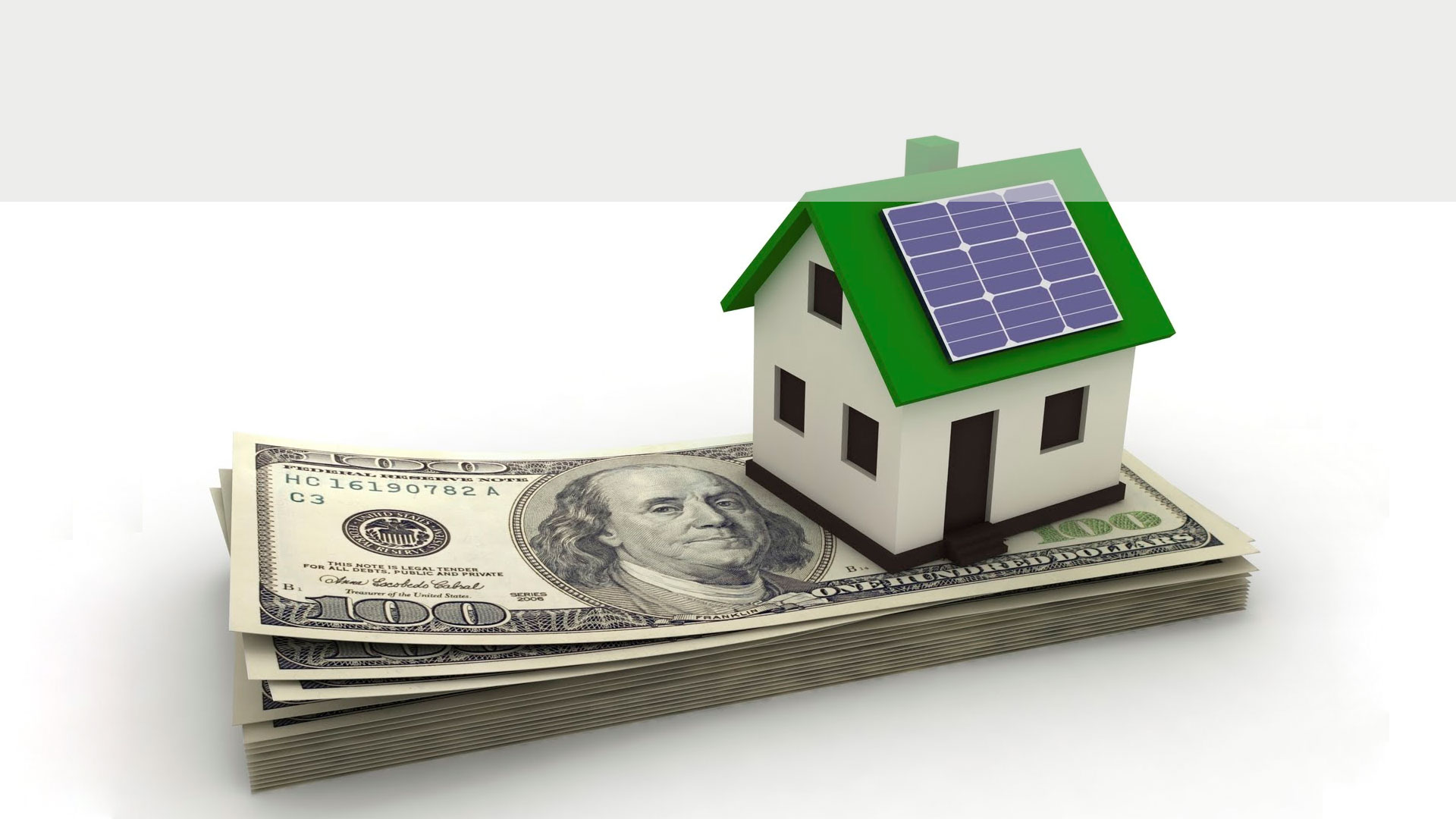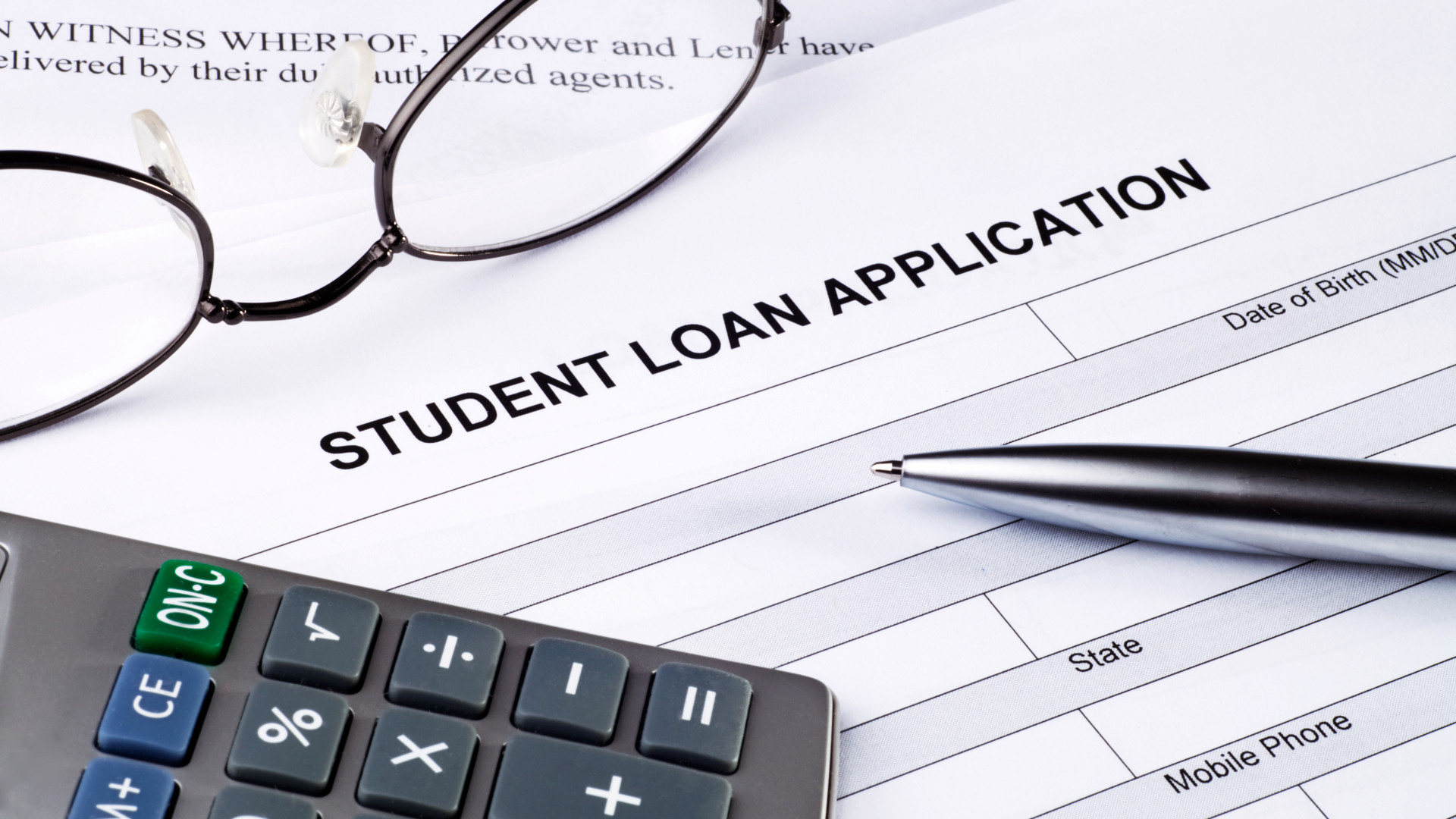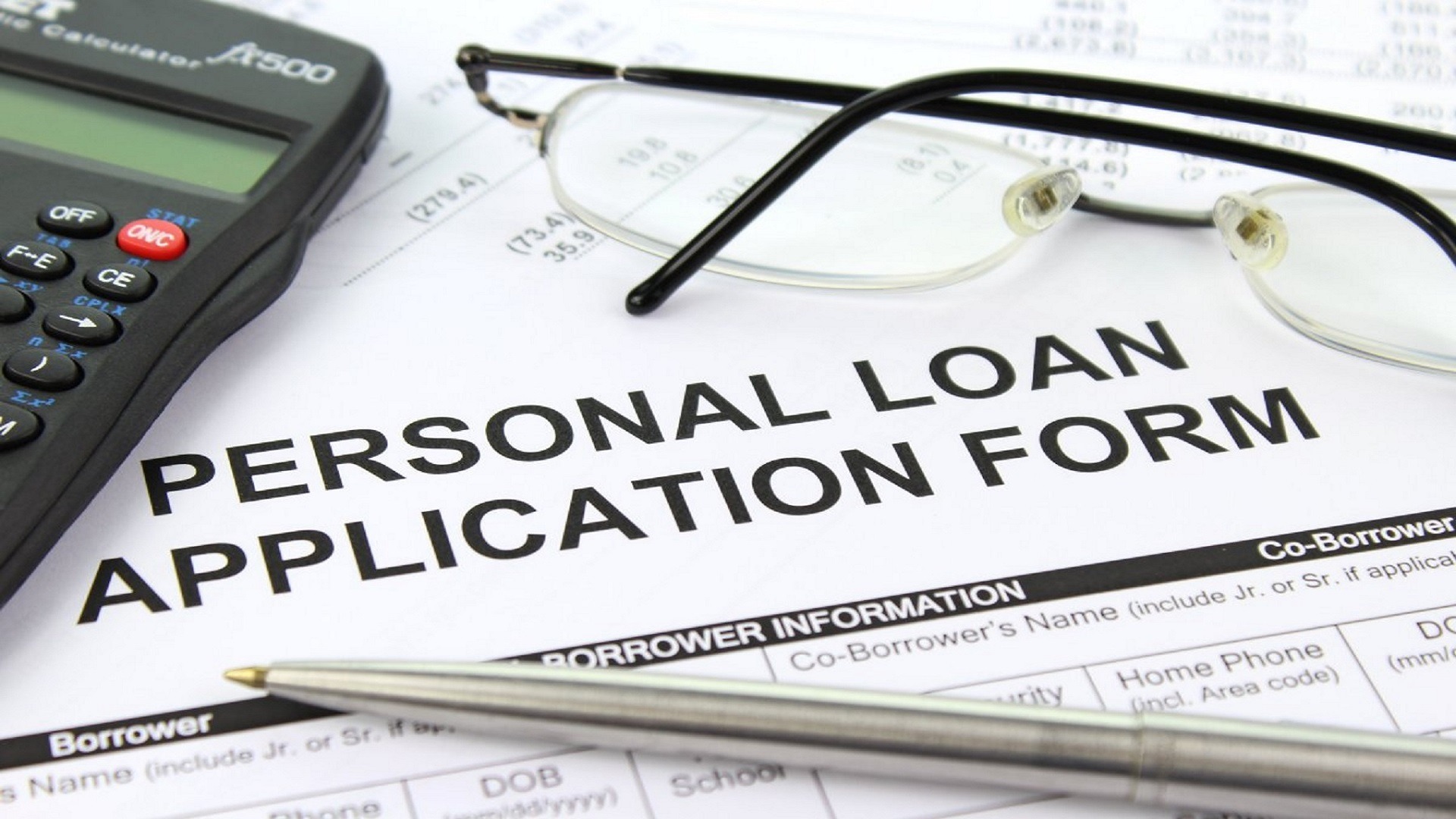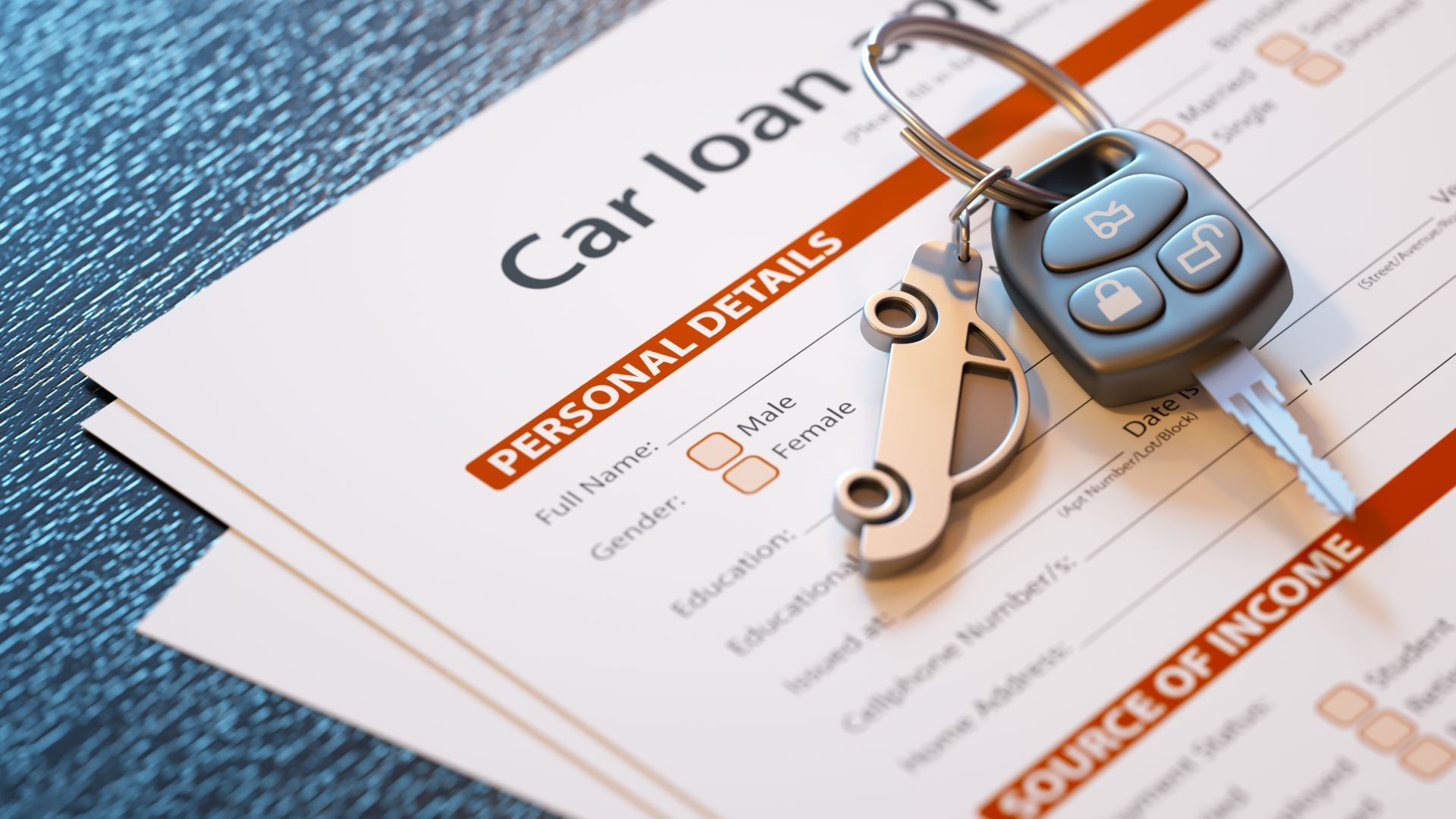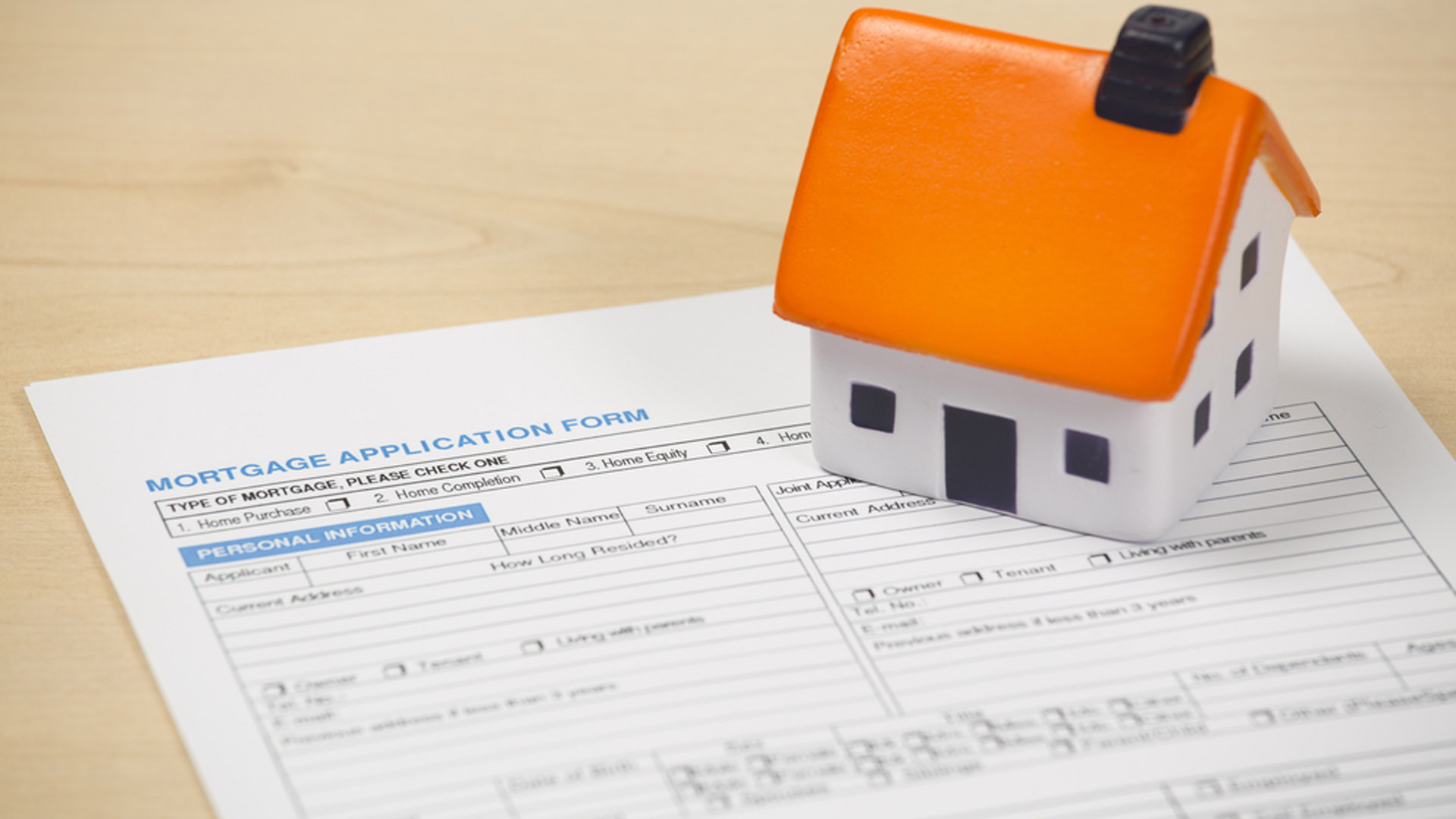Regardless of whether you’re refinancing your mortgage to get a lower rate, or cashing out some home equity, refinancing can be a lot simpler than the procedure you experienced when you purchased your home. Discover how to refinance your mortgage — and all that you have to know before you do.
How to refinance your home loan in 8 steps
A mortgage can be the greatest loan you’ll ever have, so knowing how to refinance that debt can assist you with meeting your long-term financial goals. Here’s the way to refinance your mortgage in only eight steps:
1. Set a goal
Your approach to mortgage refinancing will rely upon whether you’re generally interested in improving rate, bringing down your monthly payment, or tapping your home equity.
2. Improve your credit score
Get duplicates of your credit history from all three credit agencies through AnnualCreditReport.com and make sure there are no outstanding issues or mistakes. Anything you can do to support your credit score can assist you with showing signs of improvement rate.
3. Request real rates
Because mortgage loans are so enormous, even small contrasts in interest rates can add up to thousands of dollars in savings. Try not to hope to get accurate rates from traditional comparison locales — compare rates directly with Credible where you can demand real, prequalified rates from top mortgage lenders in minutes.
4. Compare costs and fees
Mortgage rates don’t recount to the entire story either. Make sure you understand what charges you’ll pay with each of your options. Tenable gives transparency into lender expenses that other comparison destinations don’t.
5. Get a loan estimate
When you’ve compared real rates and charges from numerous lenders, you can get a loan estimate from the lender you’re genuinely considering. The loan estimate is a standardized structure that makes it easier to compare your options. You’ll have to apply for a mortgage to get a loan estimate, which includes a hard credit check. Be that as it may, keep at the top of the priority list, rate shopping allows you to apply for the same sort of loan on numerous occasions inside a certain timeframe will just hit your credit score as a hard request once.
Dependable’s loan estimate e-marking process is without pain. You’re able to get and see your estimate as well as different divulgences, at that point DocuSign everything from the solace of your own home.
6. Collect your documents
The lenders you apply to will want documentation checking your salary and assets. Believable streamlines the application procedure via automating the assortment of required documentation, for example, pay stubs, bank statements, and tax reports. Authorized loan officers are also available on the off chance that you need additional backing.
7. Limit borrowing, pay your bills, and don’t switch jobs
Running up first-class purchases on your credit cards or missing payments on bills could hurt your credit score, which may derail your mortgage application or lead you to pay higher interest rates.
It’s also important to keep your current employment and not change occupations (or lose your activity) during the mortgage refinance process.
8. Choose the best option
After you’ve applied to different lenders and compared loan estimates, pick the option that’s the best fit for your goals.
When to refinance your mortgage
In case you’re generally interested in bringing down the interest rate on your mortgage, here are a couple of times that it’s a decent time to refinance:
- Interest rates are falling: Mortgage rates rise and fall when economic conditions change. If you took out your current mortgage when interest rates were higher than they are today, you could save thousands by refinancing.
- Your credit score improved: To get the best mortgage interest rates, you’ll want excellent credit. If your credit score has increased since taking out your current mortgage, you might be able to refinance at a lower rate.
- You can afford to switch to a 15-year mortgage: Most people take out a 30-year mortgage when they buy a home, because it makes their monthly payments more affordable. But interest rates on 15-year mortgages can be considerably lower.
In case you’re increasingly interested in tapping your home’s equity, the best time to refinance your mortgage is when:
- Home prices are rising: Rising home prices can give homeowners a bigger equity stake in their homes. Your equity is equal to your home’s current value, minus what you still owe on the mortgage.
- You’ve paid down your mortgage balance: Even if your home hasn’t increased in value, if you’ve paid down some mortgage principal, you may have some equity that you can tap through a cash-out refinancing.
Benefits of mortgage refinancing
There are six main advantages to mortgage refinancing, and as a rule, you can profit by more than one:
- Lower interest rate: The interest rate you can qualify for when refinancing a mortgage will depend on market interest rates, your credit score, and how long you want to take to repay your loan.
- Lower monthly payment: If you’re able to refinance into a mortgage with a lower interest rate, that will often lower your monthly payment too. But another way to lower your monthly payment is by extending your repayment term.
- Fixed interest rate: If you’ve got an adjustable-rate mortgage (ARM), your interest rate (and monthly payment) can go up and down as the economy heats up or cools down. When rates are headed up, refinancing from an ARM loan to a fixed-rate mortgage protects you from uncertainty.
- Tap home equity for home improvements or other big-ticket items:When you’re ready to make home improvements, your home equity can be an affordable source of financing. Or if you have other big-ticket expenses like paying for a child’s college education, you can convert some of your home equity into cash through cash-out mortgage refinancing.
- Pay off high-interest debt: Because you’re putting your home up as collateral, interest rates on a cash-out mortgage refinance can be hard to beat. Many homeowners tap their home equity to pay off high-interest credit card debt or student loans.
- Cancel your mortgage insurance: If you have at least 20% equity in your home, but are still paying costly FHA mortgage insurance premiums, now could be a good time to refinance into a conventional (non-FHA) loan.
Risks of refinancing your mortgage
Before refinancing your mortgage, here are a few risks to know about:
- The cost to refinance: Sometimes fees and other costs of refinancing can outweigh the savings. There are many origination charges to consider such as loan-discount points, application fees, and underwriting fees; as well as third-party fees like title insurance, appraisals, and pest inspections.
- Home equity is a safety cushion: If you tap your home’s equity, you may have less room to maneuver if you experience financial hardship like unemployment. Home prices are unpredictable, and pulling too much cash out of a home can put homeowners at higher risk of foreclosure in a downturn.
- May give up some tax benefits: If you took out a mortgage to buy or improve a home before December 16, 2017, the interest you pay on up to $1 million in debt may be tax deductible. Now, you can only deduct the interest paid on up to $750,000. That means if you refinance an older $1 million mortgage, you’ll be subject to the lower $750,000 cap.
On the off chance that you have inquiries concerning your particular situation, make sure to consult with a tax professional or financial advisor.
How to get the best mortgage refinancing rate
Because each mortgage lender has its own techniques for evaluating borrowers, getting the best mortgage rate necessitates that you do a bit of shopping around — which some of the time can be an incredible errand.
Luckily, Credible does a ton of the legwork for you, so you don’t have to feel lost or overpowered. You can demand prequalified rates from numerous mortgage lenders without affecting your credit score.



